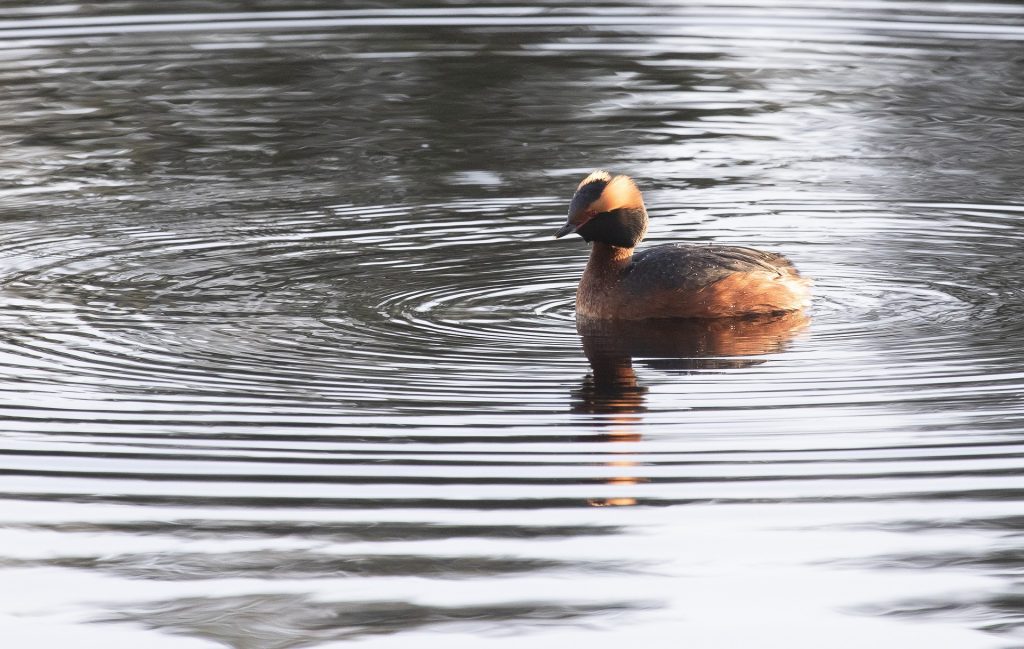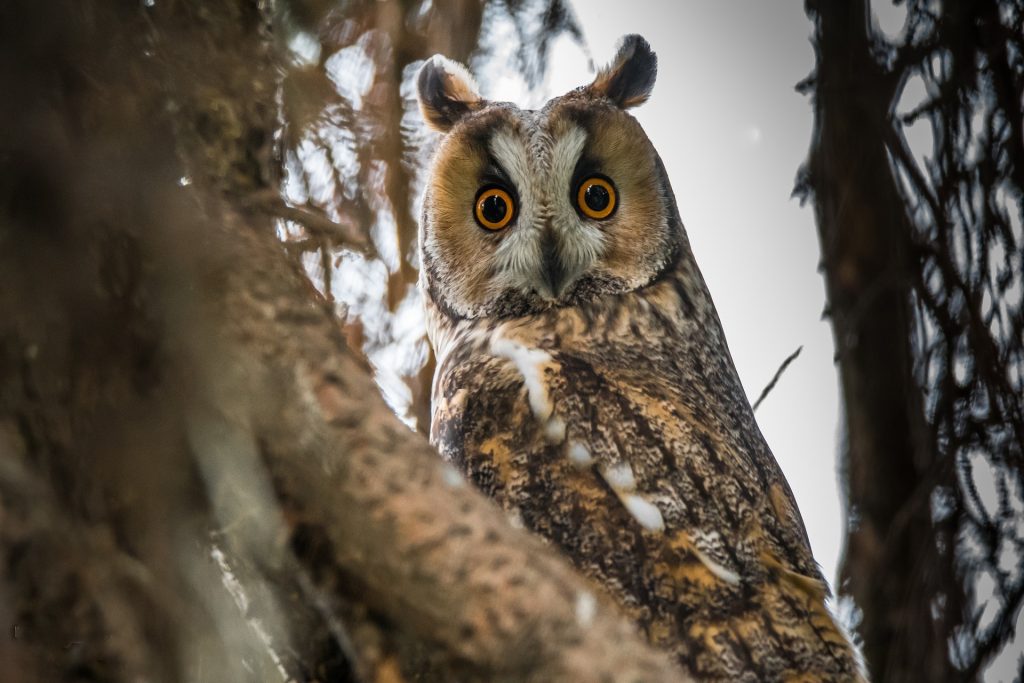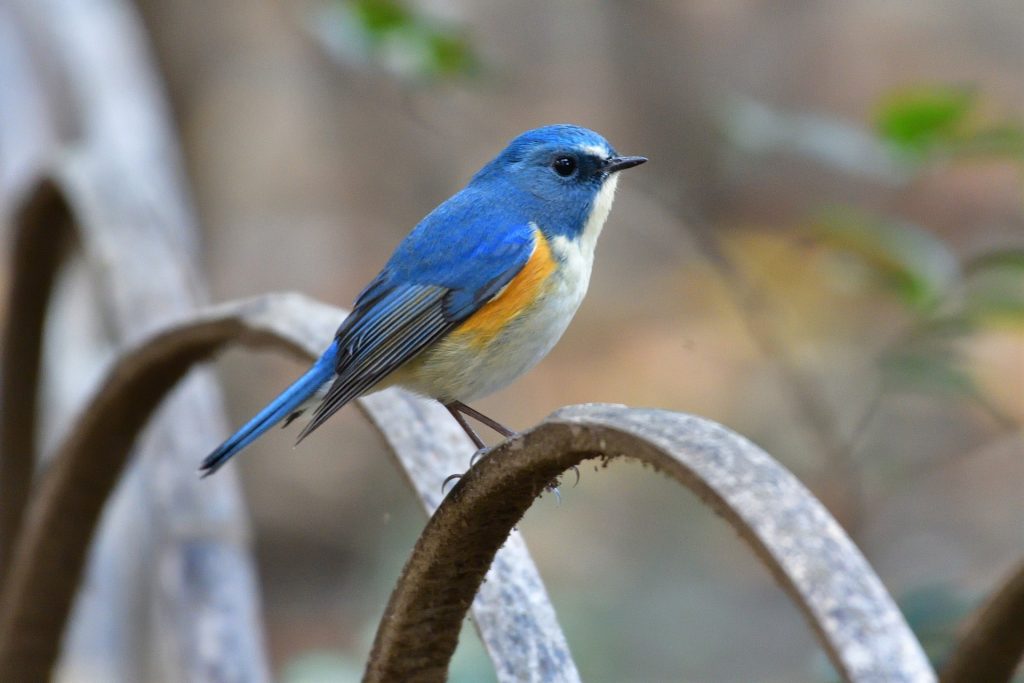Nature Notes – October
Autumn Birdwatching – Part 2

October and the first half of November are the most eventful periods of the year for birdwatchers seeking uncommon and rare birds. The diversity of species both inland and especially on the coast is at a peak. At times coastal ‘falls’ of migrant birds produce spectacular numbers with ‘birds in every bush’.
Some of our summer visitors are hanging around after most of their species have left. Birds are arriving from near and far. Birds coming from the north are avoiding severe cold weather and looking for feeding opportunities in the UK or further south. Other birds have travelled great distances, often in the wrong direction. Even small birds can at times cross the Atlantic in the jet stream. They make landfall in the western extremities of the UK. Greater numbers appear from eastern Europe and Asia. These have set off to head south but are either bad at navigation or are caught up in air currents. These vagrants from the east are most often found on the English east coast or the northern isles of Scotland.
October
On inland waters, numbers of common duck species continue to increase throughout October. There is every chance of coming across one or more of our scarcer grebe species (eg Slavonian grebe). Or an unusual duck may be seen, such as scoter or merganser, birds that are usually found at sea. In Norfolk and Lincolnshire flocks of brent and pink-footed geese feed on coastal marshes and stubble fields. These can be seen flying to and from roost sites often in spectacular numbers.

Small birds crossing the North Sea can filter into the UK gradually. But, if held-up in Scandinavia waiting for suitable weather, they can cross in very large numbers once the opportunity arises. Sometimes they overfly the coast calling and disperse inland. However, if the crossing is at all stressful, exhausted birds make landfall at the first opportunity, seeking a sheltered spot to rest and feed. Robins, thrushes, goldcrests and assorted finches can arrive in numbers. Scarce birds such as the long-eared owl, woodcock, ring ouzels, firecrest and black redstart will be arriving too. But these will be in smaller numbers.

Late October / November
A strong northerly wind is likely to bring rare seabirds close inshore and sometimes in land. Grey phalarope, little auk and Leach’s petrel can all be numerous now though very rare through most of the year. Any of these could turn up on a large inland reservoir or lake.
Arriving passerines are less numerous than the floods of birds earlier in the month but some of them are extremely rare birds in the UK. They arrive having been transported east on the north side of large high-pressure systems on the Continent. Or in some cases because they have bred further west than they did previously. Small warblers such as the yellow-browed and Pallas’s warbler will have travelled great distances to our shores. Whereas others, such as the beautiful red-flanked bluetail, most likely come from the forests of Finland where their population is currently expanding very rapidly. Some very unexpected events occur: in 2016 a bird never previously seen in the UK, a Siberian accentor, was found in Scotland. Over the next few weeks more than a dozen others were found including one in a garden close to the Yorkshire coast. This attracted large crowds of admirers.

Most of the rare birds found at this time are at coastal locations. But every year something exotic and totally unexpected turns up on a garden bird feeder. Maybe it will be your garden this year.
D Scott




 Councils to crackdown on Substance Abuse
Councils to crackdown on Substance Abuse

